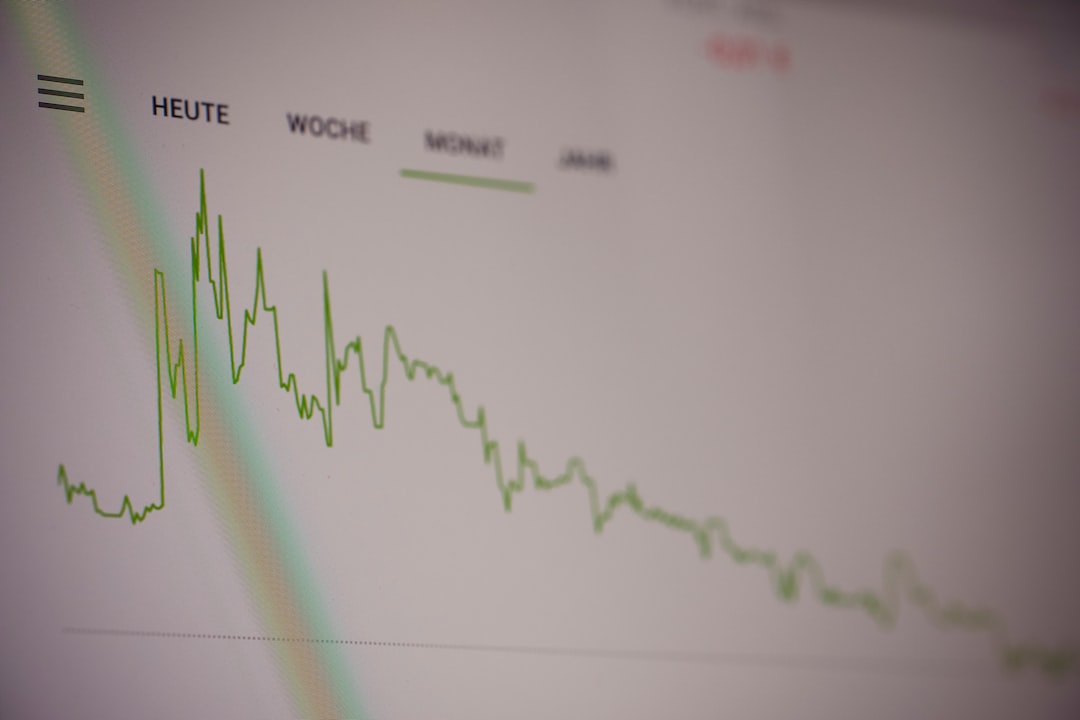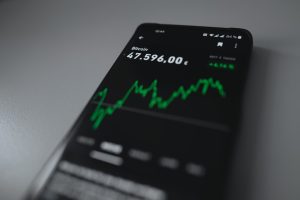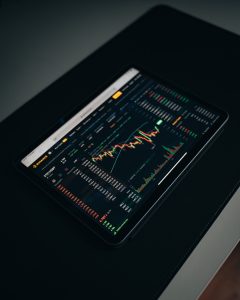Forex trading involves buying and selling currencies with the aim of making a profit from fluctuations in their value. With trillions of dollars traded every day, the forex market is the largest and most liquid financial market in the world. But how does a single forex trade affect the price of a currency pair? In this article, we will explore the mechanisms that drive forex prices and examine the impact of individual trades on the market.
Supply and Demand
The fundamental principle that underpins forex trading is supply and demand. Like any other market, the price of a currency is determined by the balance between the number of buyers and sellers in the market. If there are more buyers than sellers, the price of the currency will rise, and if there are more sellers than buyers, the price will fall. This simple concept is the basis of all forex trading strategies.
The Role of Brokers
Forex trading is facilitated by brokers, who act as intermediaries between buyers and sellers. When you place a trade on a forex platform, you are essentially asking your broker to buy or sell a currency pair on your behalf. Your broker will execute your trade by finding a counterparty who is willing to take the opposite position. This counterparty could be another trader or a liquidity provider such as a bank.
Leverage and Margin
One of the unique features of forex trading is the ability to use leverage to amplify your trading position. Leverage allows you to control a larger amount of capital than you have in your account. For example, if you have $1,000 in your trading account and your broker offers 100:1 leverage, you can control a position worth $100,000. This magnifies the potential profits, but it also increases the risk of losses.
To control the risk of leverage, brokers require traders to maintain a certain amount of margin in their accounts. Margin is the amount of money you need to hold in your account to keep your positions open. If your account balance falls below the required margin level, your broker may close your positions to prevent further losses.
Market Orders and Limit Orders
Forex traders can use two types of orders to open and close positions: market orders and limit orders. A market order is an instruction to buy or sell a currency pair at the current market price. This type of order is executed immediately, and the price you pay or receive will be the current bid/ask spread.
A limit order, on the other hand, is an instruction to buy or sell a currency pair at a specific price. This type of order is not executed immediately but is held by the broker until the market reaches the specified price. If the market price reaches the limit order price, the order is filled at that price.
Impact of a Forex Trade on Price
Now that we have covered the basics of how forex trading works, let’s examine how a single forex trade can affect the price of a currency pair. Suppose you want to buy the EUR/USD currency pair, and the current bid/ask price is 1.1200/1.1205. If you place a market order to buy one lot (100,000 units) of EUR/USD, your broker will find a counterparty who is willing to sell one lot of EUR/USD at the current ask price of 1.1205.
Your trade will increase the demand for EUR/USD, which may cause the price to rise. If other traders see the price rising, they may also decide to buy EUR/USD, further increasing the demand and pushing the price up. On the other hand, if you place a market order to sell one lot of EUR/USD, your trade will increase the supply of EUR/USD, which may cause the price to fall.
If you place a limit order to buy EUR/USD at a specific price, your trade will not affect the market until the price reaches your specified level. However, once the price reaches your limit order price, your trade will be executed, and it may cause a short-term price spike if your order is large enough.
Conclusion
Forex trading is a complex and dynamic market, and the price of a currency pair is influenced by a multitude of factors. However, the basic principle of supply and demand remains the fundamental driver of forex prices. A single forex trade can have a short-term impact on the market, depending on the size of the trade and the prevailing market conditions. Understanding how your trades affect the market can help you make better trading decisions and manage your risk more effectively.





